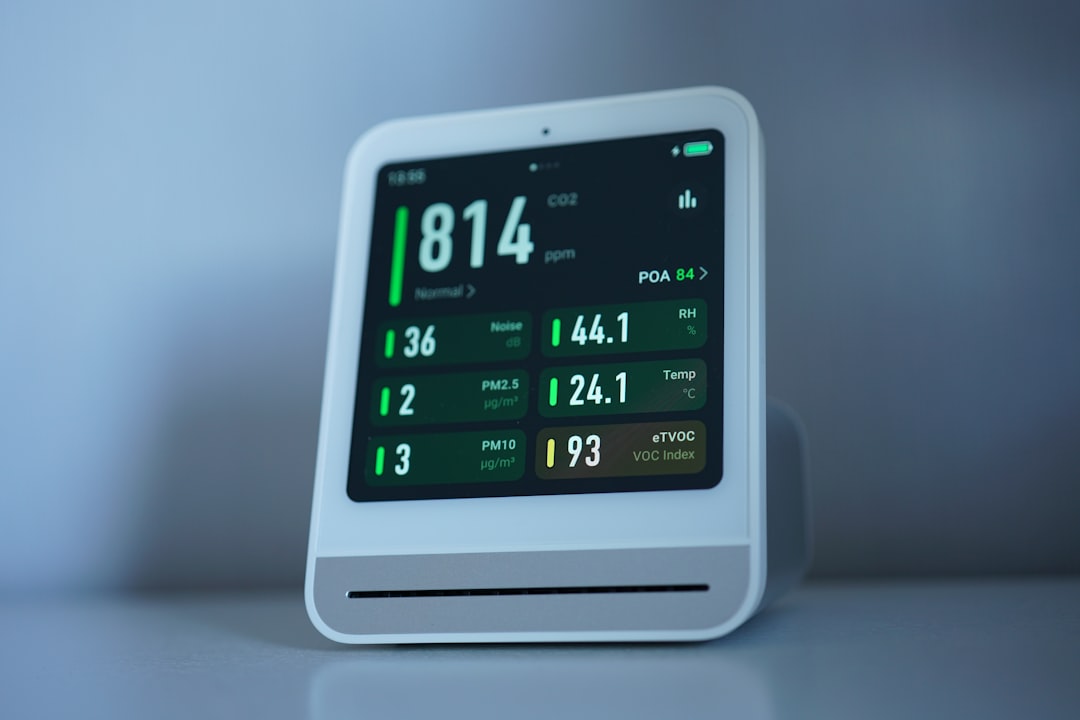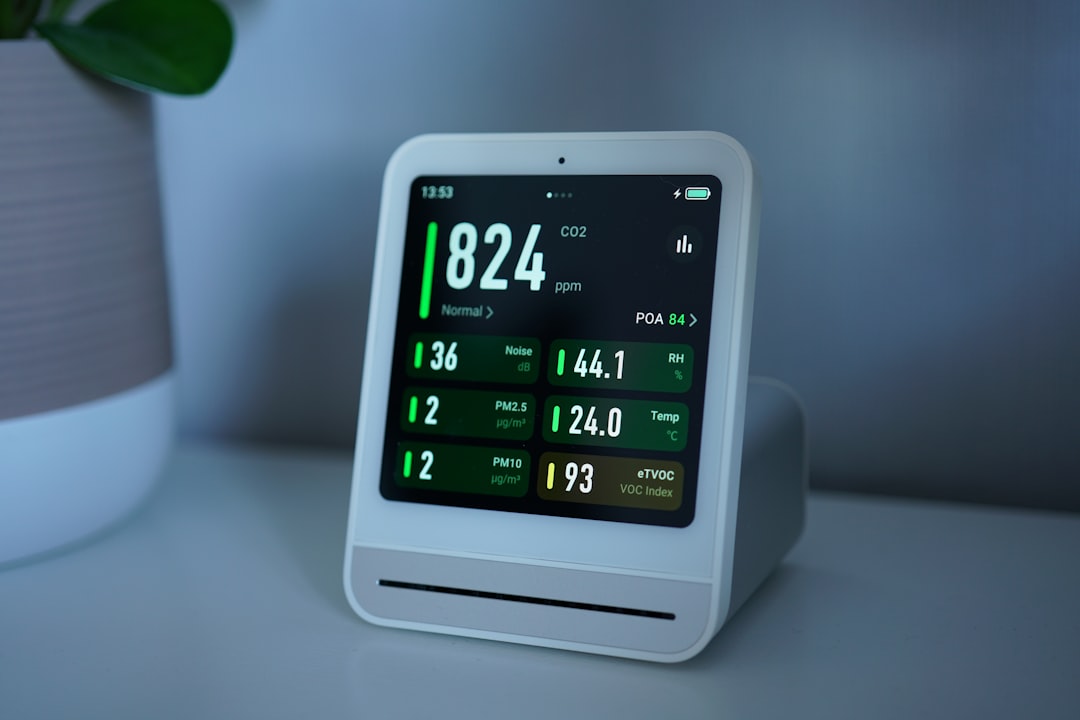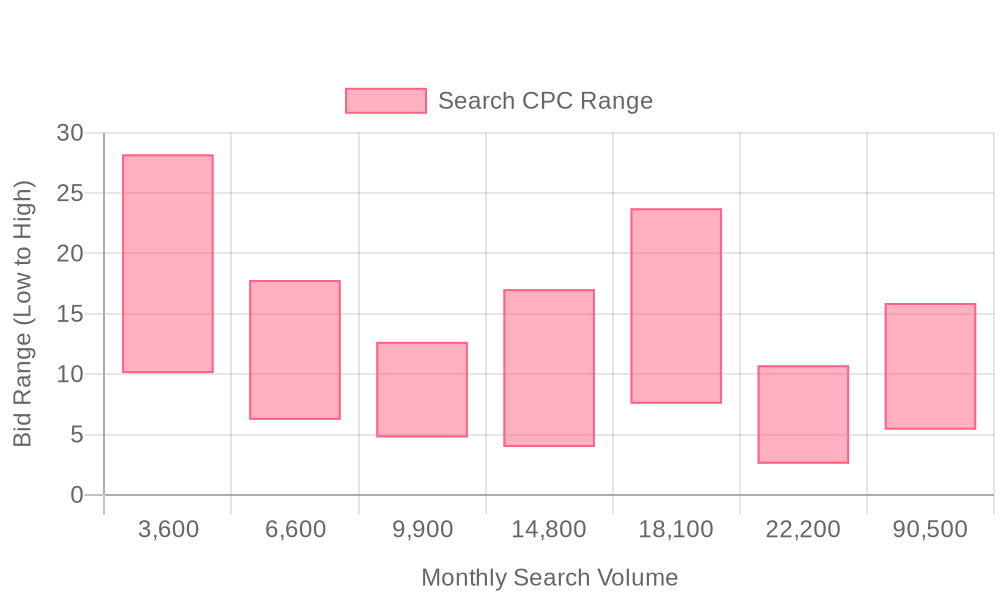
Supercharge your lead generation with a FREE Google Ads audit - no strings attached! See how you can generate more and higher quality leads
Get My Free Google Ads AuditFree consultation

No commitment
Supercharge your lead generation with a FREE LinkedIn Ads audit - no strings attached! See how you can generate more and higher quality leads
Get My Free Google Ads AuditFree consultation

No commitment
Supercharge your lead generation with a FREE Meta Ads audit - no strings attached! See how you can generate more and higher quality leads
Get My Free Google Ads AuditGet My Free LinkedIn Ads AuditGet My Free Meta Ads AuditFree consultation

No commitment
Supercharge your lead generation with a FREE Google Ads audit - no strings attached! See how you can generate more and higher quality leads
Get My Free Google Ads AuditFree consultation

No commitment
In the rapidly evolving field of digital marketing for medical alert systems, leveraging the right advertising channels can be pivotal. Google Ads plays a critical role by capturing interested prospects exactly when they're searching for healthcare solutions. However, challenges such as high demo interest going unconverted and one-size-fits-all campaigns leading to poor engagement are common pain points. This guide will explore the unique opportunities Google Ads presents for businesses in the medical alert industry, providing a strategic framework to overcome these issues and maximize ROI by targeting high-intent individuals actively seeking medical alert systems.

Healthcare marketing teams face persistent challenges when generating high-quality leads for medical alert systems, especially in a landscape marked by fragmented buyer journeys and rapid changes in consumer intent. By leveraging Google Ads for medical alert systems, marketers can reach both caregivers and seniors at crucial decision-making moments, capturing demand with precision and relevance.
A data-driven approach to Google Ads healthcare campaigns empowers revenue teams to identify in-market prospects and craft messaging that aligns with urgent needs. The result is a scalable, compliant lead generation engine that minimizes wasted spend and maximizes conversion potential, setting the foundation for reliable growth in medical alert systems marketing.
These integrated strategies equip healthcare organizations to scale digital marketing for healthcare and consistently generate quality leads for medical alert systems, even as competitive pressures and regulatory requirements continue to evolve. Ready to put these strategies into action? Get started for free with Sona.

Digital marketing for healthcare, especially within the medical alert systems sector, requires precision and speed to capture attention at critical decision moments. Revenue teams see the most impact when their advertising not only reaches high-intent audiences but also responds instantly when those leads are ready to act by leveraging tools that connect website activity with real-time sales actions, such as Sona Identification.
Medical alert systems marketing demands specialized targeting to reach family caregivers and older adults searching for urgent health solutions. Google Ads enables marketers to serve ads directly to those actively seeking devices or emergency monitoring, ensuring campaigns align with moments of high purchase intent. For marketers looking to refine their outreach, understanding targeting strategies for medical alert devices can help achieve more effective ad placements.
Traditional healthcare PPC strategies often struggle with delayed follow-up and generalized messaging, leading to missed opportunities and wasted spend. By combining in-market behavior signals with unified CRM data, advertisers can dynamically shift budgets and messaging toward prospects who are most likely to convert, synchronizing outreach with real-time demand.
Expanding visibility into underserved regions is another challenge for medical alert systems online marketing. Strategic targeting and automated audience updates help scale reach without resorting to one-size-fits-all campaigns, ensuring that the right message appears in the right location for each stage of the buying journey. This creates a measurable lift in qualified leads and ROI for teams focused on advertising medical devices compliantly and effectively. To see how these strategies can be put into practice, get started for free with Sona and unlock new opportunities for your medical alert system marketing.


Medical alert systems marketing in today’s digital landscape requires a data-driven approach to stand out in a saturated market. By identifying the right opportunities, revenue teams can efficiently expand reach and maximize returns on ad spend. Strategic use of real-time audience segments empowers marketers to reach decision-makers at the perfect moment. For teams ready to level up their campaigns, you can get started for free with Sona to unlock advanced targeting and analytics.
Segmenting audiences in the medical alert systems market unlocks precision in targeting and maximizes campaign efficiency. With rising competition and evolving consumer behaviors, leveraging intelligent segmentation enables marketers to allocate resources toward the highest-value opportunities while addressing the industry’s compliance requirements.

| Industry | Keyword | Monthly Search Volume | Competition Level | Low Bid | High Bid |
| Medical Alert Systems | medical alert systems for seniors | 3600 | HIGH | 10.09 | 28.21 |
| Medical Alert Systems | life alert systems | 6600 | HIGH | 6.22 | 17.8 |
| Medical Alert Systems | life alert necklace | 9900 | HIGH | 4.76 | 12.68 |
| Medical Alert Systems | medical alert | 14800 | HIGH | 3.97 | 17.04 |
| Medical Alert Systems | medical alert systems | 18100 | HIGH | 7.55 | 23.74 |
| Medical Alert Systems | life alert cost | 22200 | HIGH | 2.58 | 10.74 |
| Medical Alert Systems | life alert | 90500 | HIGH | 5.41 | 15.9 |
An effective keyword strategy for medical alert systems marketing demands a precision approach to reach decision-makers at the exact moment of high intent. By focusing on search terms that directly reflect purchase readiness—such as "medical alert systems near me" and "best medical alert systems for seniors"—you capture traffic from users who are actively comparing solutions or seeking immediate installation. For inspiration in refining your campaigns, review these healthcare Google Ads campaign examples to see how leading organizations attract ready-to-convert audiences.
Incorporating local and long-tail keyword targeting further refines audience reach. Phrases like "fall detection device for elderly in [city]" or "emergency response system no monthly fee" address specific needs and regional intent, ensuring your ads surface in hyper-relevant contexts. Filtering out non-converting or misaligned traffic through robust negative keyword lists—excluding phrases like "weather alert" or "computer virus alert"—prevents wasted spend and keeps campaigns tightly focused on legitimate prospects. Explore high-performing medical equipment keywords to expand your targeting strategy.
Marketers leveraging advanced visitor identification and real-time intent insights can move beyond anonymous clicks to pinpoint high-value accounts in the research or buying phase. With dynamic audience updates as leads progress through the funnel, budget allocation remains agile, maximizing exposure for in-market buyers. Integrating CRM and ad platform data ensures enriched medical alert system leads flow seamlessly between sales and marketing, allowing for more precise retargeting and multi-touch attribution. To experience how this data-centric approach powers pipeline growth, get started for free with Sona and unlock actionable insights for your campaigns.
A high-performing Google Ads strategy for medical alert systems requires precision in every campaign phase. Revenue teams can maximize budget impact by using a structured approach that directly addresses healthcare advertising’s complex compliance and data challenges. For deeper insights into effective campaign structures, explore our B2B marketing strategy articles.
A synchronized framework ensures that every touchpoint, from keyword targeting to conversion tracking, supports a seamless buyer journey. Aligning these Google Ads tactics with broader digital marketing for healthcare initiatives leads to stronger lead pipelines and better attribution of results. To learn how medical alert device companies reach health-focused audiences, review this resource on medical alert devices targeting.
Success in Google Ads for Medical Alert Systems starts by curating keyword lists that reflect the intent and language of real buyers. Rather than relying on guesswork, marketers should analyze historical search data, identify high-conversion phrases like “fall detection devices,” and filter out low-value or ambiguous terms. This ensures ad spend targets only audiences seeking solutions aligned with medical alert systems marketing.
Marketers can further refine targeting by layering in demographic insights and real-time intent signals. Platforms that reveal which visitors are in-market for medical devices allow teams to shift spend toward high-propensity accounts. For a list of high-performing keywords specific to medical equipment, consult this medical equipment keywords resource.
Effective ad copy is the linchpin of any Google Ads healthcare campaign. Crafting messaging that is both compliant and persuasive requires a blend of clarity, empathy, and trust-building language. Highlighting features such as 24/7 monitoring or no long-term contracts can differentiate messaging without overstepping regulatory boundaries. Browse our Google Ads compliance healthcare guide for more on building compliant messaging.
Marketers benefit from real-time feedback on which headlines and calls-to-action drive engagement among healthcare decision-makers. When ad copy is informed by up-to-date audience data, teams can test and iterate faster, consistently improving performance. For a comprehensive guide to PPC copywriting and optimization, see these essential healthcare PPC tips.
Landing pages for advertising medical devices must deliver a seamless, reassuring experience. Clear value propositions, HIPAA-compliant lead forms, and social proof such as certifications or user testimonials increase trust and conversion rates. The best pages minimize friction with mobile-friendly layouts and straightforward next steps. Our landing page optimization playbook details tactics for healthcare marketers.
Integrating visitor identification on landing pages enables marketers to personalize content based on segment or previous engagement. When healthcare PPC strategies leverage these insights, they not only improve user experience but also ensure qualified leads are routed directly to appropriate sales or care teams. For an overview of top-performing medical alert systems and landing page inspiration, review this medical alert systems review.
Continuous optimization drives measurable ROI for PPC for medical devices. Analyzing campaign performance in real time lets teams double down on what works while eliminating waste. Advanced conversion tracking bridges online form fills and offline sales activity, ensuring every qualified lead is properly attributed.
Marketers can automate audience updates as prospects move through the funnel, ensuring retargeting efforts remain relevant and compliant. By syncing enriched lead data across Google Ads, CRM, and sales platforms, revenue teams create a closed-loop system where budget, targeting, and messaging are always informed by the latest engagement data. Discover how to set up and optimize healthcare ads in this guide to Google Ads for healthcare.

Expanding your presence in the medical alert systems market requires a strategy that not only addresses intense competition but also responds to the unique needs of seniors and their caregivers. The most successful approaches blend advanced digital marketing tactics with deep knowledge of healthcare PPC, ensuring every investment drives measurable business outcomes. For a closer look at effective paid strategies, review these healthcare Google Ads campaign examples, and explore additional insights on scaling B2B growth in our blog.
Continually refining these strategies with the latest healthcare PPC insights leads to sustained growth in a highly regulated market. Unifying campaign data, syncing enriched lead details across platforms, and tracking both online and offline conversions allow for rapid optimization and precise attribution, ensuring every channel drives measurable impact for your medical alert systems business. To see how you can implement these tactics in your organization, get started for free with Sona.
Harnessing the power of Google Ads to effectively promote medical alert systems is both a strategic and rewarding endeavor. Throughout this discussion, we've delved into the nuances of targeting the right audience and optimizing ad performance to ensure your marketing efforts are not only efficient but impactful.
By identifying key challenges, such as reaching the appropriate demographic and maximizing ROI, we explored targeted strategies that include keyword optimization and audience segmentation. These insights equip you with the tools you need to navigate the competitive landscape of digital advertising with confidence and precision.
As you embark on this journey, remember that the potential for transformation is within your grasp. With a focused approach and the right tools at your disposal, you can create compelling campaigns that resonate with those in need of medical alert systems, ultimately enhancing their safety and peace of mind.
To experience the full capabilities of our platform, we invite you to start for free
Best practices include using intent-rich keywords, demographic and behavioral targeting, aligning ad creatives with landing pages for a seamless user experience, and continuously optimizing campaigns with real-time data integration.
Target the right audience by focusing on specific search queries like 'medical alert device for seniors', using dynamic audience building, and leveraging demographic and behavioral targeting to reach high-value segments such as caregivers, seniors, and healthcare professionals.
Common challenges include high demo interest that doesn't convert, one-size-fits-all campaigns leading to poor engagement, and the need to comply with complex healthcare advertising regulations.
Optimize campaigns by integrating real-time campaign data for continuous tracking, using advanced conversion tracking to reveal true revenue outcomes, and retargeting only those accounts still in-market to minimize wasted spend.
Google Ads policies require compliance with healthcare advertising standards, which include clear and compliant messaging, avoiding misleading claims, and ensuring all ads meet regulatory requirements for transparency and accuracy.
Join results-focused teams combining Sona Platform automation with advanced Google Ads strategies to scale lead generation

Connect your existing CRM

Free Account Enrichment

No setup fees
No commitment required

Free consultation

Get a custom Google Ads roadmap for your business
Join results-focused teams combining Sona Platform automation with advanced Meta Ads strategies to scale lead generation

Connect your existing CRM

Free Account Enrichment

No setup fees
No commitment required

Free consultation

Get a custom Google Ads roadmap for your business
Join results-focused teams combining Sona Platform automation with advanced LinkedIn Ads strategies to scale lead generation

Connect your existing CRM

Free Account Enrichment

No setup fees
No commitment required

Free consultation

Get a custom Google Ads roadmap for your business
Join results-focused teams using Sona Platform automation to activate unified sales and marketing data, maximize ROI on marketing investments, and drive measurable growth

Connect your existing CRM

Free Account Enrichment

No setup fees
No commitment required

Free consultation

Get a custom Google Ads roadmap for your business
Over 500+ auto detailing businesses trust our platform to grow their revenue
Join results-focused teams using Sona Platform automation to activate unified sales and marketing data, maximize ROI on marketing investments, and drive measurable growth

Connect your existing CRM

Free Account Enrichment

No setup fees
No commitment required

Free consultation

Get a custom Google Ads roadmap for your business
Over 500+ auto detailing businesses trust our platform to grow their revenue
Join results-focused teams using Sona Platform automation to activate unified sales and marketing data, maximize ROI on marketing investments, and drive measurable growth

Connect your existing CRM

Free Account Enrichment

No setup fees
No commitment required

Free consultation

Get a custom Google Ads roadmap for your business
Over 500+ auto detailing businesses trust our platform to grow their revenue
Our team of experts can implement your Google Ads campaigns, then show you how Sona helps you manage exceptional campaign performance and sales.
Schedule your FREE 15-minute strategy sessionOur team of experts can implement your Meta Ads campaigns, then show you how Sona helps you manage exceptional campaign performance and sales.
Schedule your FREE 15-minute strategy sessionOur team of experts can implement your LinkedIn Ads campaigns, then show you how Sona helps you manage exceptional campaign performance and sales.
Schedule your FREE 15-minute strategy sessionOur team of experts can help improve your demand generation strategy, and can show you how advanced attribution and data activation can help you realize more opportunities and improve sales performance.
Schedule your FREE 30-minute strategy sessionOur team of experts can help improve your demand generation strategy, and can show you how advanced attribution and data activation can help you realize more opportunities and improve sales performance.
Schedule your FREE 30-minute strategy sessionOur team of experts can help improve your demand generation strategy, and can show you how advanced attribution and data activation can help you realize more opportunities and improve sales performance.
Schedule your FREE 30-minute strategy sessionOur team of experts can help improve your demand generation strategy, and can show you how advanced attribution and data activation can help you realize more opportunities and improve sales performance.
Schedule your FREE 30-minute strategy session





Launch campaigns that generate qualified leads in 30 days or less.
